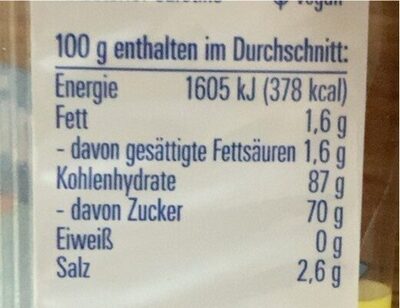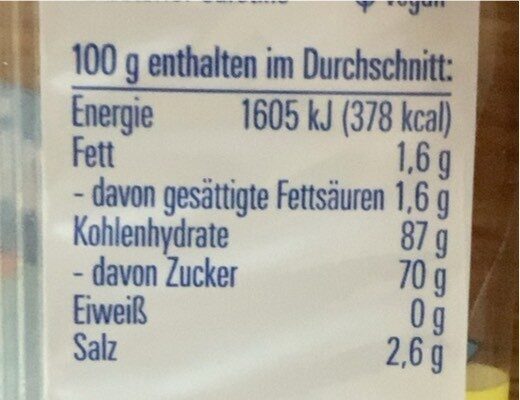Brause Bonbons - Ahoj-Brause - 23g
This product page is not complete. You can help to complete it by editing it and adding more data from the photos we have, or by taking more photos using the app for Android or iPhone/iPad. Thank you!
×
Barcode: 40335100
Quantity: 23g
Brands: Ahoj-Brause, Ahoj Brause, Frigeo
Categories: Snacks, Sweet snacks, Confectioneries, Candies
Countries where sold: Germany
Matching with your preferences
Environment
Carbon footprint
Packaging
Transportation
Report a problem
Data sources
Product added on by ollebolle
Last edit of product page on by sandman095.
Product page also edited by inf, kiliweb, openfoodfacts-contributors, rochus, yuka.sY2b0xO6T85zoF3NwEKvlmNnDtPc-xneMBv6tGSN-PKpPr-yeeFv0qv8Kas, yuka.sY2b0xO6T85zoF3NwEKvln0XQ9nviAjtbiLmwBfX-czRN6TXWe5T2rWrb6s.
If the data is incomplete or incorrect, you can complete or correct it by editing this page.








